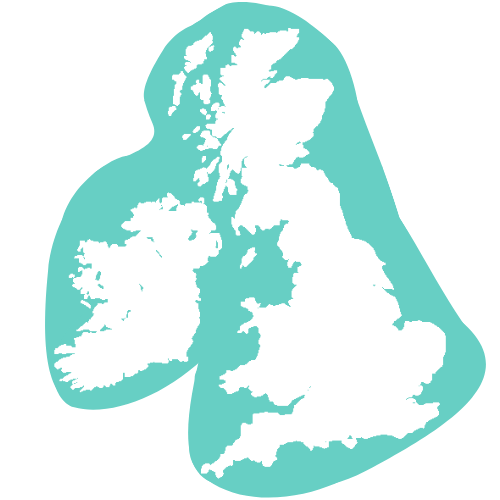
Oyster
There are two types of oysters: native and pacific, the latter are available in the UK through aquaculture. Native oysters have a rough shell that is yellow, pale green or brown in colour, sometimes with bluish, pink or purple markings. The two halves of a native oyster’s shell are different shapes. One half is a deep cup and is cemented to the seabed, while the other is flat and forms a lid. Individual oysters can vary widely in shape too, especially when crowded together in dense beds.
They can be found on just about any type of seabed from bedrock to mud, and are tolerant of a wide range of wave and tidal conditions, living in sheltered bays as well as exposed coasts. Native oysters can live for as long as 20 years! This species is highly prized but across their range, they are becoming rarer and rarer. The stocks of native oyster in Falmouth and the Helford estuary, however, are healthy. In Falmouth, the Truro River Oyster fishery is a sustainable, low-impact artisanal fishery uniquely managed through a bylaw. Native oysters cannot be eaten during the legal closed season, from 14th May to 4th August.
Most of the British oysters you find in the shops and restaurants are Pacific oysters, grown on the many oyster farms around the UK’s coastline, these are the cheaper and more common species but are just as delicious! Pacific, or rock oysters, tend to be a bit bigger than their native counterparts and are available all year round.
Adapted from Love Seafood
Stock Status
Farmed pacific oysters are currently at healthy stock levels, as are farmed native oysters. For those concerned about the current water quality of UK coastal waters, all oysters undergo a strict purification process before they are sold to the retail market.
Nutritional Information
Oysters are nutritional powerhouses, rich in Niacin, Biotin, Vitamin D, Calcium and Manganese. They are also a good source of Omega-3, Protein, Vitamin B12, and Iron.
Distribution






